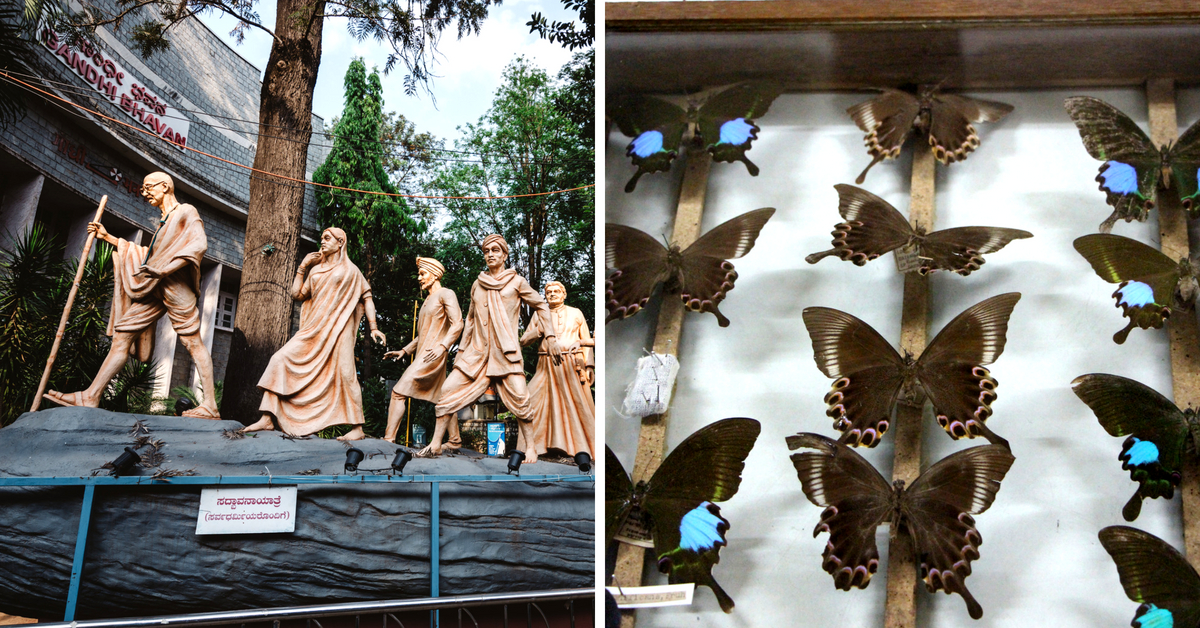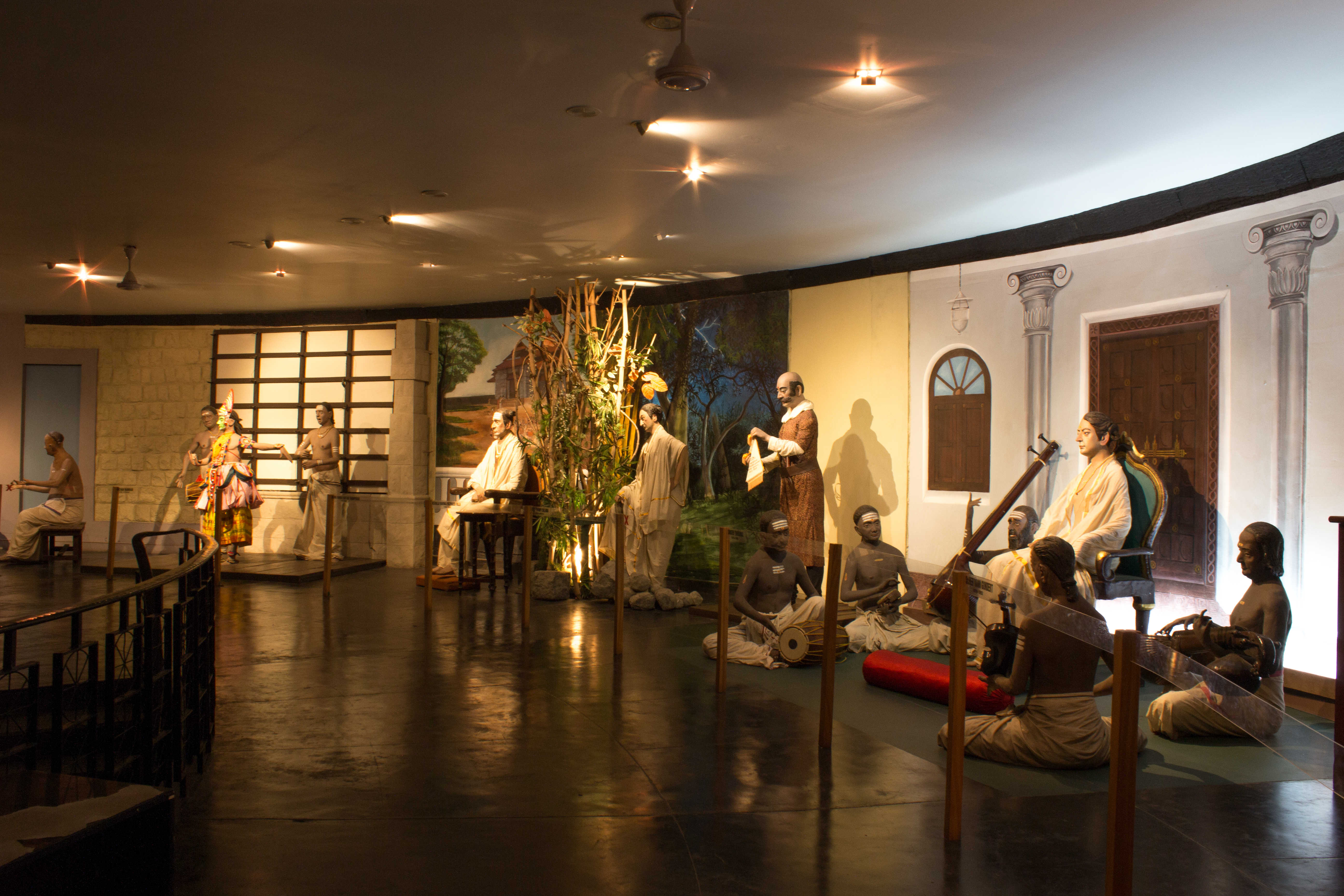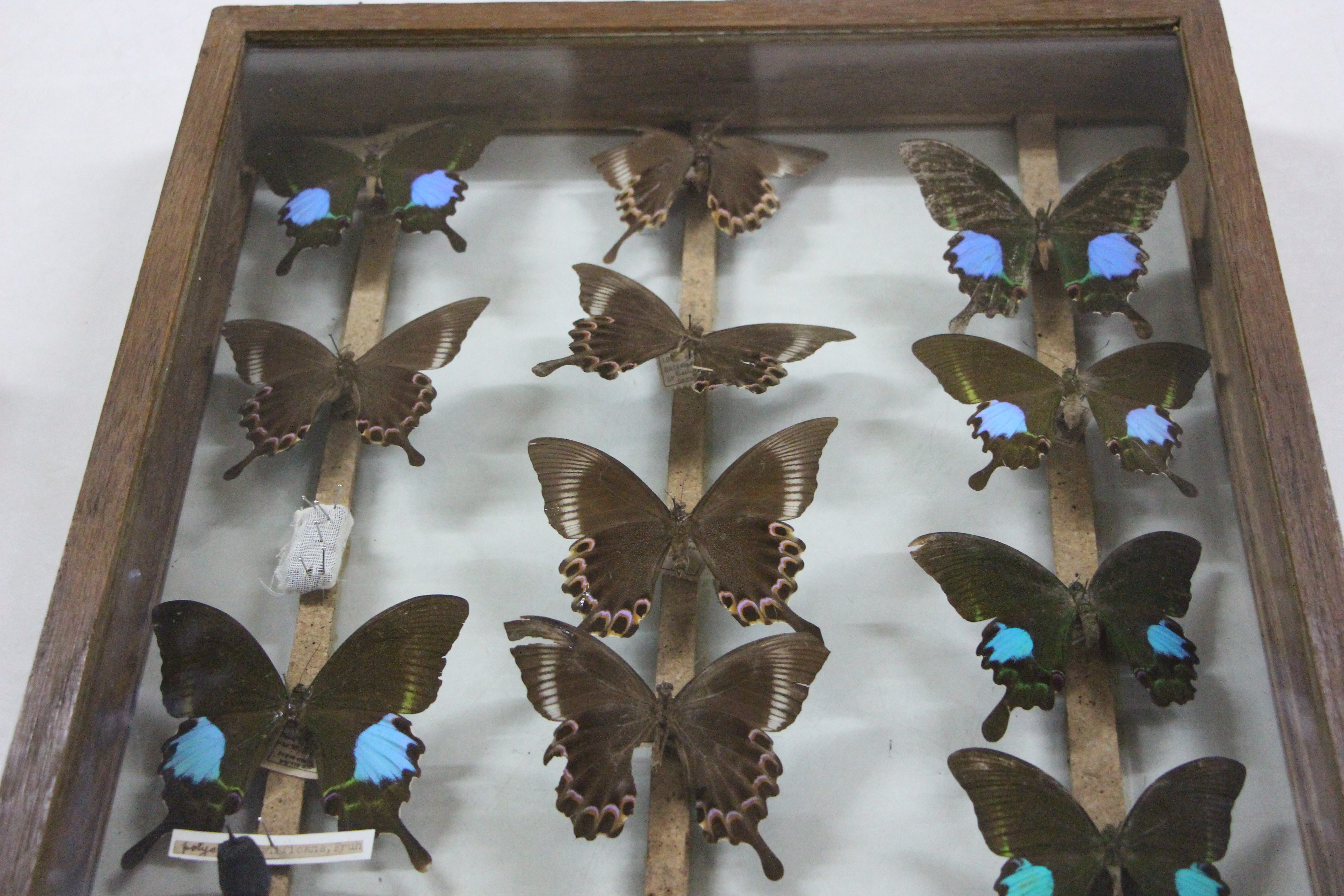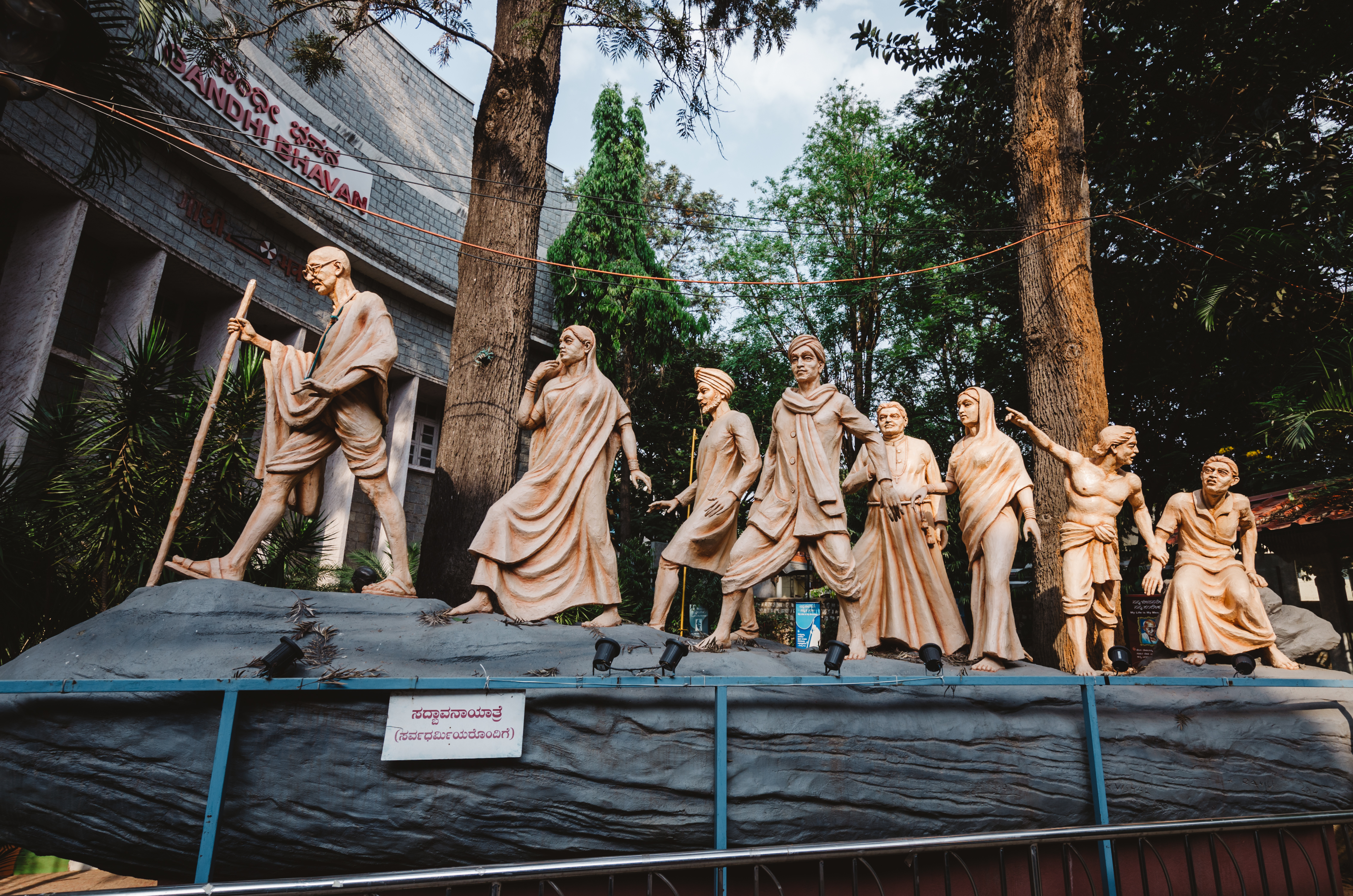Butterflies, Brains, Turbans & Trains: India’s Many Museums All On One Website!
Reimagining and mapping museums for India's youth, this ambitious endeavour can help you make some wonderfully wierd weekend plans!

Museums perform a unique public service—allowing citizens to creatively engage with different cultures and their history. Careful documentation and artefact preservation, the preserve of any half-decent museum, is how they allow this sort of rich cultural engagement.
It is impossible to overstate the importance of museums in a country like India, which has people from a multitude of diverse cultures. In a way, they bring people together.
This is why non-profits like Sahapedia, whose objective is to creatively engage with culture and history using digital media for more extensive public consumption, play a critical role.
As an open online-multimedia knowledge resource based on curated and crowd-sourced content, Sahapedia has developed over 1000 knowledge elements (articles, videos, interviews, photo essays, digitised materials and bibliographies among others).

Having worked with over 500 researchers, authors, and practitioners collaborated with over 30 organisations in the culture sector, and partnering with government bodies like the Archaeological Survey of India, Sahapedia has grown into a critical repository of various cultures and their history. It also organises activities such as heritage walks and talks series (baithaks) for broader engagement.
Today, the non-profit, amongst other programmes, has embarked on a Museums Mapping Project, an ambitious endeavour which intends to map museums from all over the country.
Speaking to The Better India, Vaibhav Chauhan, the Executive Secretary of Sahapedia, who also heads the Museum Mapping Project (MMP), illustrates the inspiration behind such an endeavour with a personal anecdote.
“This project was born out of personal frustration. I have a seven-year-old daughter, and I take her to museums. There is hardly any information about what different museums feature and their artefacts,” says Vaibhav.
Backed by a team consisting of design, editorial and technology professionals and interns from prestigious institutions like the National Institute of Design, alongside scholars, who conduct all the necessary research, this project endeavours to map the wealth of museums in India, irrespective of their size and category.
“We provide access to our dashboard to the interns who file their entries that go through the editorial regime internally for quality control before we publish them on the website. We are also now aiming towards offering the museums direct access to the dashboard to feed in the information,” says Chauhan, describing the process behind the mapping project.
“The idea is to be as diverse as possible. While we appreciate and relish adding the iconic museums to our list, we also focus on integrating the lesser known museums in the tier-2 and tier-3 cities of India so that they gain the visibility they deserve,” says Chauhan.

Additionally, the project wants to engage the youth with museums and reimagining ways to involve them.
“Since technology plays an important role in their lives, it not only gives endless possibilities for engagement but also there is a constant need to update the form of outreach to keep the interest alive,” adds Chauhan. There are also a few offline initiatives with walking tours in museums for different user-groups including the differently-abled and other disadvantaged groups.
In the project, cultural practitioners with over 30 years of experience working at Sahapedia, have largely driven the documentation process of nearly 220 museums over 20 cities on their website.
Also Read: Wonderfully Weird: 15 Unique Museums in India You Cannot Afford to Miss
“The response has been quite encouraging. We have also added features such as news, events and professional opportunities in the museum space. In addition, we have been experiencing a surge in website views and average session duration on our website,” says Chauhan.
The aim of MMP is to cover approximately 500 museums next year. However, folks at Sahapedia aren’t in a tearing hurry since they expect other museums to start listing entries on their own. Moreover, the non-profit is looking to make the MMP platform transactional in nature in the future, offering services like docent booking, ticket bookings and e-museum shop through the portal.

How does Sahapedia fund the museum mapping project?
It is backed by the CSR (corporate social responsibility) arms of various major firms—TCS Foundation, Infosys Foundation and state-backed ONGC. These firms are Sahapedia’s significant funders.
“We have also received appreciation from the government and the Museums of India. NITI Aayog or the National Institution for Transforming India, for instance, have also extended their support to us,” says Chauhan.
“However, we also aim to make Sahapedia financially sustainable through Heritage Tourism, Heritage Education, Heritage Conservation and heritage-related consulting,” says Chauhan.

If you’re looking for an interesting museum to visit in the near future, you can visit https://www.museumsofindia.org/.
Access to all this information collated through the project is free since Sahapedia believes in the free dissemination of knowledge.
(Edited by Gayatri Mishra)
Like this story? Or have something to share? Write to us: [email protected], or connect with us on Facebook and Twitter.
NEW: Click here to get positive news on WhatsApp!
If you found our stories insightful, informative, or even just enjoyable, we invite you to consider making a voluntary payment to support the work we do at The Better India. Your contribution helps us continue producing quality content that educates, inspires, and drives positive change.
Choose one of the payment options below for your contribution-
By paying for the stories you value, you directly contribute to sustaining our efforts focused on making a difference in the world. Together, let’s ensure that impactful stories continue to be told and shared, enriching lives and communities alike.
Thank you for your support. Here are some frequently asked questions you might find helpful to know why you are contributing?


This story made me
-
97
-
121
-
89
-
167











